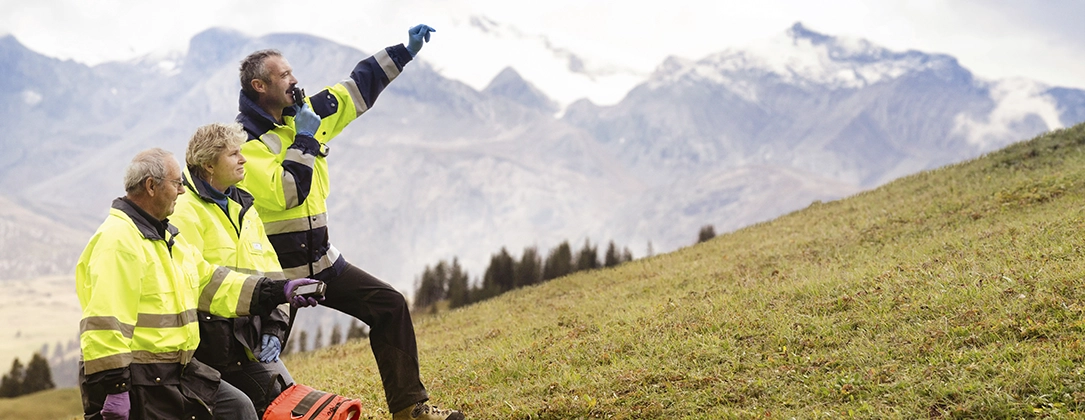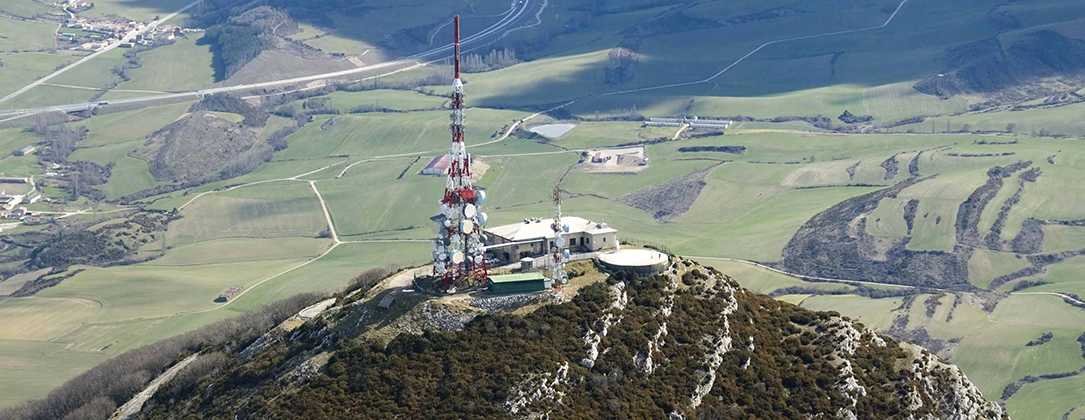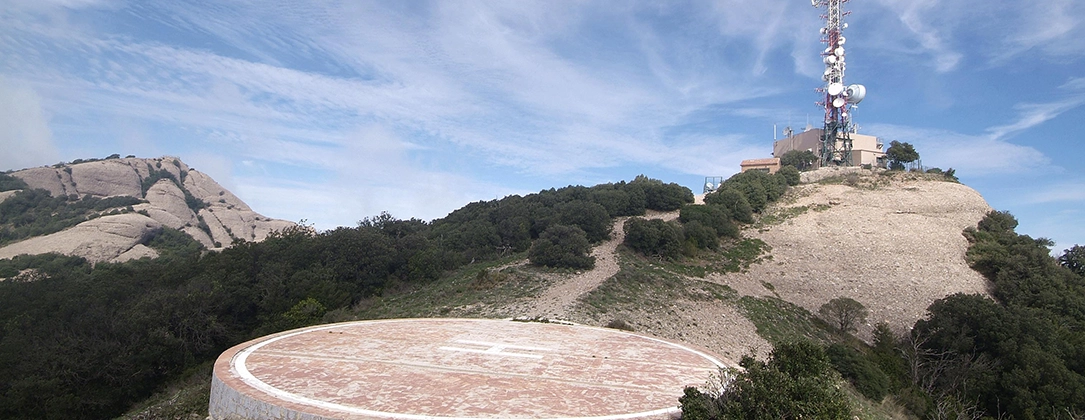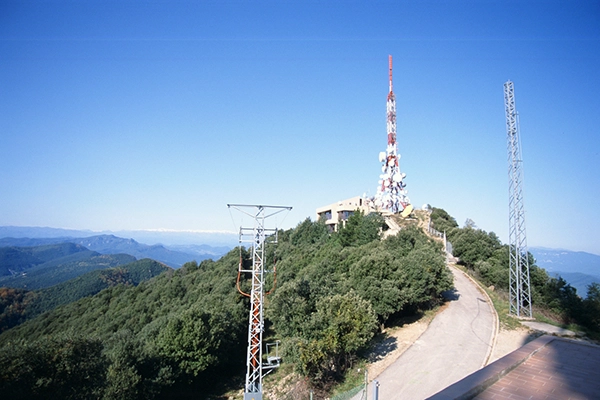Trends
Trends
JUN
20
2023
Mission Critical
Connectivity means much more than recording Tik Tok content
What role does it play in emergency situations?
For those of us who were born and worked without the Internet or mobile phones, without an endless supply of TV and radio channels, it is sometimes difficult for us to imagine how we “survived”.
We are so accustomed to being connected, to being able to communicate so easily that we also demand high-quality, immediate communications. We have got used to sharing in the here and now, to easily searching for information, to eliminating distances with a video call.
Unlimited communication is part of our lives, but to properly value it, perhaps we should take a look at the other side of connectivity, the kind that ordinary citizens do not use… Here we are talking about communications by the security and emergency forces.
Titans that guarantee communication
Forest fires are dominating news programmes, in which we can see the emergency forces protecting the population and working to bring the fires under control. In such cases, communication between them cannot fail. This is why we roll out what we call “emergency” or “mission critical communications networks”.
The transmission centres located high in the mountains, above 1,500 metres, play a fundamental role in such networks. Cellnex provides this service in practically the whole of Spain, with such centres located in Alfabia in Mallorca, Montserrat and Rocacorba in Catalonia, or Los Reales in Malaga.
Site located in the Rocacorba Mountains in Catalonia, Spain
Continuous maintenance and prevention work is fundamental in dealing with the risk of fire in such an installation.
José Maria Pérez Ruano, Director of Network Operations at Cellnex tells us: “We always keep the perimeter of the centre cleared of brush, helping to avoid any fires from affecting us. This keeps our facilities safe, since we must be able to guarantee communication by working side by side with firefighters, police, forestry brigades and civil protection.”
As well as having facilities that are perfectly insulated from fire, —in some cases there are even Fixed Firefighting Systems— these centres must be permanently ready to guarantee service. We should not forget that they are not only involved in the audiovisual broadcasting network but are part of a network designed “to provide geographical coverage, particularly for high-risk areas”, explains Pérez Ruano.
“These networks are different from the audiovisual type, in which the plan is to provide network coverage to the largest possible number of people. Emergency networks offer permanent connectivity in areas that may require actions by the security forces. That is why the high mountain centres are so important in the fire season.”
Prevention work means more than just protecting the perimeter of the facility; the power supply to these centres must remain stable to maintain the service – there can be no power cuts to such facilities.
To this end, we have installed redundant power systems. “We have prepared alternatives that kick in if there is a break in the power supply from the electrical grid. In such cases, the generator would immediately start working and, should the generators fail, there is a battery bank with sufficient autonomy to guarantee the power supply”, adds Pérez Ruano.
As we can see, connectivity in emergencies is vital, and is guaranteed using specific, robust and redundant communications networks. Proof of this is that local administrations sometimes request intervention by a mobile unit, which Cellnex moves to the scene of an accident to provide coverage to the security forces. “The network allows the different forces on the ground —firefighters, Civil Protection, police— to talk to each other and to have an overview of the situation so that they can better coordinate their efforts.”
Prevention and remote management pay off
“We have not had any incidents in our centres due to fires,” comments Pérez Ruano, who provides us with examples of the important role of mountain facilities. “All these centres are managed remotely, allowing any kind of remote action, meaning that we can ensure the service without putting anyone’s life at risk. For example, this management model allows us to turn off the generators if the flames are too close, which is what we did last year during the fire that occurred in the Sierra de Bermeja in Malaga. “On that occasion, the fire lasted more than a week and the maintenance and prevention actions for the Los Reales centre ensured uninterrupted service.”
The whole country is at risk of fire in the summer months and when storms occur, but it also has almost 3,000 centres that “keep a lookout” from their high location, helping to keep everyone safe through seamless connectivity.





















